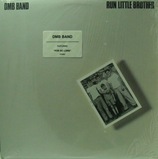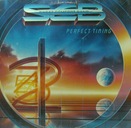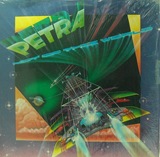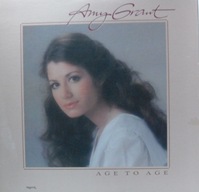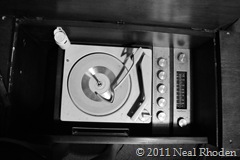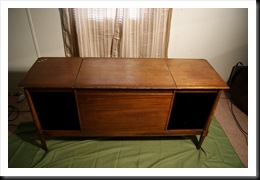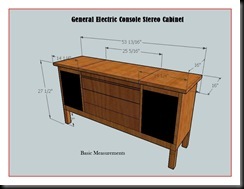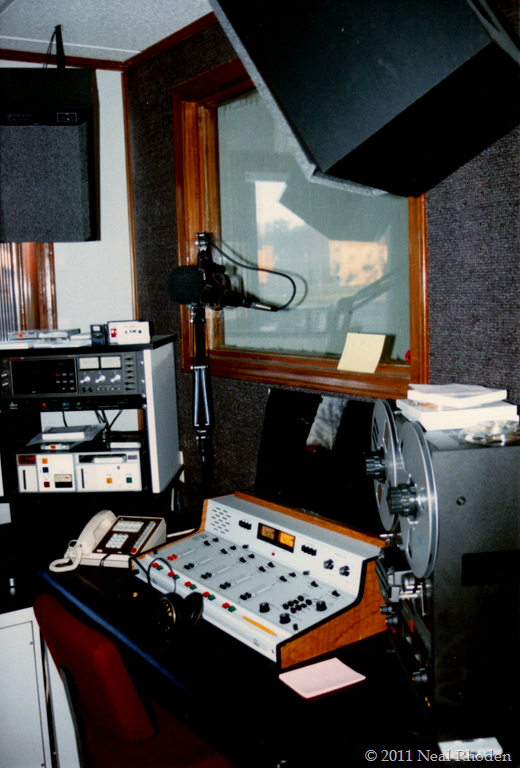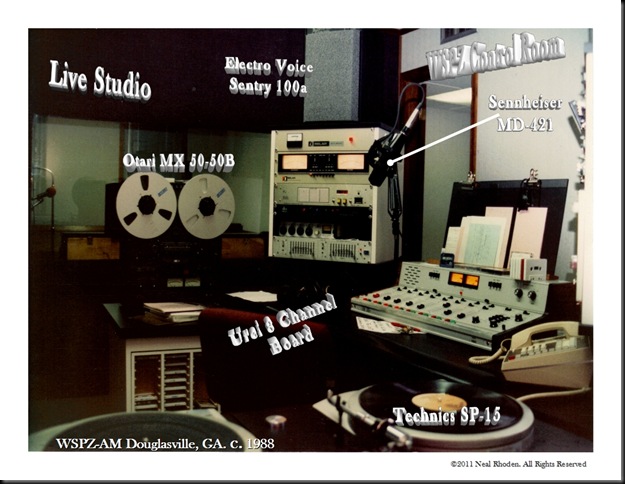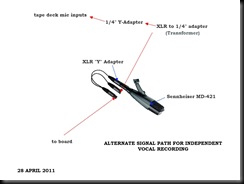Imagine knowing with absolute certainty that the good ‘ole days really were not all that good. One of the best tools I have had over the years is an audio tape diary I kept in my teens. The most consistent batch of these tapes sweep a two month period in the spring of 1984, just prior to my high school graduation in June of that year.
The kid on those tapes is alien to me: moody, overly-sensitive, and rigid. Not at all like I am in my “maturity”.
Most people do not have the luxury of actually replaying their youth in crystal clear stereo. The obvious topic of the diary is my fledgling radio career. Each daily entry features a scoped aircheck of the day. Looking back, I was an ungracious host for my listeners on my afternoon gospel music radio show. “I’m tired of playing this song,” I’d complain openly on-air, “It has one more chance.” When you made a request to my show you were almost punished for calling the station. I was learning to juggle a new career, the pressures of graduation, and teenage social drama.
I cringe at the thought of my formative years. By the next year, with school behind me, I had ironed out many of the rough edges having learned through self-critique. Man, it’s painful now listening to those old shows. To my credit, I was making it up as I went along. At this first station, the deejays had free reign minus any accountability. Honestly, I wouldn’t have lasted very long at a real radio station.
In 2011, the diary still serves a purpose: honest reflection, warts and all.
Stay tuned.


